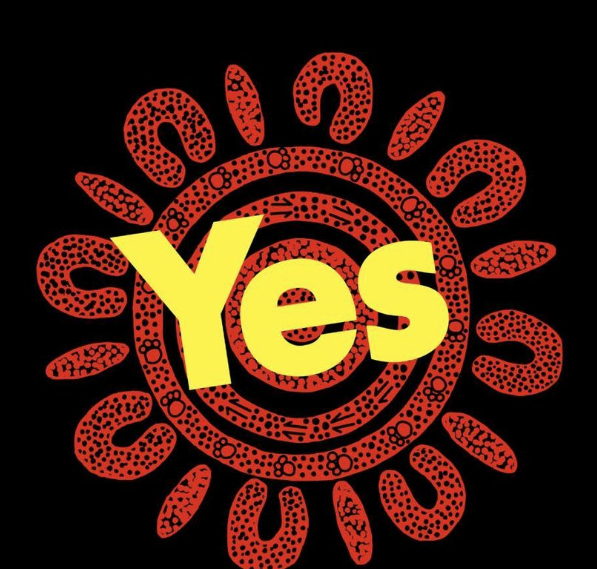Last month, the Djab Wurrung, Gunnai and Gunditjamara Senator Lidia Thorpe, cut ties with the Greens. In moving to the crossbench, she claimed it was her intention to represent the “black sovereign” movement in the Parliament – a movement that had strong grassroots in Australia, “full of staunch and committed warriors”.
The black sovereign movement has its roots in the radical protest movement of the 1970s. The protest movement drew inspiration from the Black Panthers in the America Civil rights movement and was underpinned by the desire to create Aboriginal self-determination.
Senator Thorpe is not the only voice for this radical movement. But she is probably its most prominent. Many Indigenous leaders, including myself, benefited from this activism. It resulted in the creation of Aboriginal community-controlled health services and significantly influenced the Land Rights movement. The Lands Rights movement continues to draw strength from this grass roots activism.
As we approach the referendum for an Indigenous Voice to Parliament, we should remember this grass roots activism. We should also continue to keep in mind the intentions of those who drafted the Uluru statement.
The Uluru Statement from the Heart was agreed on 26 May 2017 at a meeting of Indigenous leaders. It was the culmination of two years of engagement with Indigenous Australians on options for constitutional reform. It expressed the legitimate aspiration of Indigenous Australians for Voice, Treaty, and Truth. Senator Thorpe walked out of this meeting.
Senator Thorpe now says she disagrees with the sequence. She believes that treaty should precede voice.
However, treaty processes are already in progress. Treaty processes have started in Victoria, Northern Territory, Queensland and recently announced in my home state of Tasmania. The Yoorrook Justice Commission has advanced the truth telling agenda in Victoria and a process for truth telling has recently been announced in Tasmania.
Furthermore, governments, beginning with the conservative John Howard in 2007, have been consulting with Indigenous Australians for more than 16 years on the question of constitutional reform. Over that time they collectively convened an expert panel, two Parliamentary Inquiries, a Referendum Council and the Co-design process for the Voice to Parliament. It is worth noting that the co-design process led by Professors Tom Calma and Marcia Langton engaged with 9,400 Indigenous and non-Indigenous peoples and organisations and the final report goes to 270 pages.
It is unreasonable to expect yet more consultation after sixteen years of engagement with Indigenous peoples.
The Calma and Langton report recommends establishing national and regional structures that initiate advice and responds to requests from the Government and all members of the Australian Parliament.
Transparency strengthens accountability and the Voice will do that. It puts an end to advice that never sees the light of day. Governments can reject the Indigenous Voice to Parliament’s advice. But they would need to provide reasons.
These design principles provide for a more powerful mechanism than currently possible that will hold future governments to account. Constitutional enshrinement stops future governments from closing these mechanisms down if they don’t like the advice they get.
On 23 February, the Yes Campaign was launched in Adelaide. The Yes Campaign will argue that the inclusion of a hook in the constitution that will lead to establishing the Voice to Parliament and a line that recognises Indigenous Australians as first peoples is one step towards the realisation of the Uluru Statement.
The No campaign will argue that the creation of a Voice to Parliament is racist and divisive. Proponents are likely to continue to argue that the Voice to Parliament lacks detail.
During an interview with Patricia Karvelas, Senator Thorpe claimed there is a sound progressive case to oppose the Indigenous Voice to Parliament. Although Senator Thorpe was passionate about her “progressive case for no”, she did not offer any details.
The “progressive case for no” is likely to draw on concerns about the impacts of constitutional reform on Indigenous sovereignty; the sequence of the agenda set out in the Uluru statement, the adequacy of consultation with Indigenous Australians and ultimately the impact of the Voice to Parliament.
Constitutional experts have repeatedly rejected the suggestion that entrenching the voice in the constitution would have any implications for sovereignty. Professor George Williams, for example, said the voice referendum “would say nothing about sovereignty, and have no impact on sovereignty”.
The sequencing of the elements of the Uluru Statement, the degree of consultation and the design of the Voice are important issues but do not justify voting down these important issues. The referendum is a binary proposition. The Australian public will be asked to Vote Yes or No.
The referendum gives Australians a clear choice. Vote yes to recognise Aboriginal and Torres Strait Islander people as first peoples and create a constitutional principle upon which the government must establish an Indigenous voice to parliament.
The final details of the Voice will be resolved through legislation, creating a structure to speak truth to power. It will strengthen Indigenous self-determination as envisioned by the protest movement of the 1970s.
A no vote rejects this recognition and the principle of consultation. What does that say to the 50 years of black activism in our country?
Ian Anderson is palawa & Deputy Vice Chancellor (Academic) for the University of Tasmania. The views expressed in this article are his own.
First published in Pearls and Irritations on 31 March 2023
